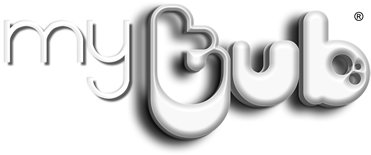Water is one of our most precious resources! Of the total capacity available in the world only 3% can be classified as sweet water and less than 0.5% is suitable for drinking. With it’s increased use for domestic and industrial applications the risk of contamination of this vital commodity has greatly increased. The introduction of EN1717 and the new UK water regulations (known officially as "Statutory Instrument 1999 No. 1148 The Water Supply (Water Fittings) Regulations 1999") have confirmed the need for stricter control by including greater protection against pollution by backflow. In Europe and America it has long been common practice to fit anti-pollution devices to protect potable water against contamination by backflow and syphonage, the UK is now also acknowledging the benefits that the fitting of these devices can bring.
What is backflow? And what is the danger?
Backflow is as defined in EN1717 "Movement of the fluid from downstream to upstream within an installation" and occurs when either of the following conditions exist:
1. Back syphonage takes place due to emptying of upstream pipework and normally happens when the system is drained or a ruptured pipe causes discharge of the water.
2. Pressure in the downstream pipework is higher than the upstream pressure, this is caused by a decrease in the upstream pressure or external influences raising the pressure on the downstream side and is known as back pressure.
The danger that this condition presents is that any solution in contact with the discharge pipe can be drawn or pushed back up the pipe and finish up in the clean water supply systems and ultimately be consumed.
NABIC manufacture two types of product to ensure backflow prevention.
Reduced Pressure Zone valves operate on the principle of three chambers within a valve body, the pressure in the central chamber is controlled by two check industrial valves and a spring operated relief valve. This maintains a positive pressure differential between the inlet chamber and central chamber of 0.14 bar. RPZ valves operate on the principle of interrupting the continuity of supply and discharging any possible backflow to waste.
As the name suggests Pipe Interrupters are fitted into pipework carrying liquids to provide an air break. They can only be used on installations where the discharge is to atmosphere (i.e. the liquid is not subject to pressure in the vicinity of the pipe interrupter) and they are fitted in the vertical position with the flow downwards. NABIC pipe interrupters are classified as types DB and DC in EN1717.
About Nabic
NABIC is a leading brand of Crane Building Services & Utilities and manufactures a range of safety and pressure relief valves.It has been associated with the manufacturing of safety related products since 1864.
One of the UK’s leading suppliers of gunmetal safety valves, NABIC have long been recognised as the industry standard for commercial and industrial hot water applications. With the introduction of new and improved products this leadership has been extended to cover other building service fluids as steam and air.
Designed and tested to the latest British Standards with third party certified discharge capacities, NABIC valves are manufacturing under an ISO 9001 quality assurance system. This coupled with every valve being tested upon completion of assembly and also immediately prior to despatch ensures high product and parts and spares quality is maintained.
Ex-stock availability with ‘Same Day’ order processing ensures that quality of service matches that of product design and manufacture.
